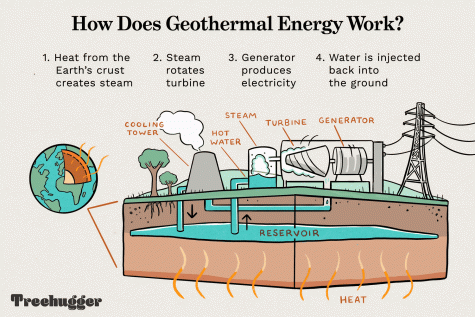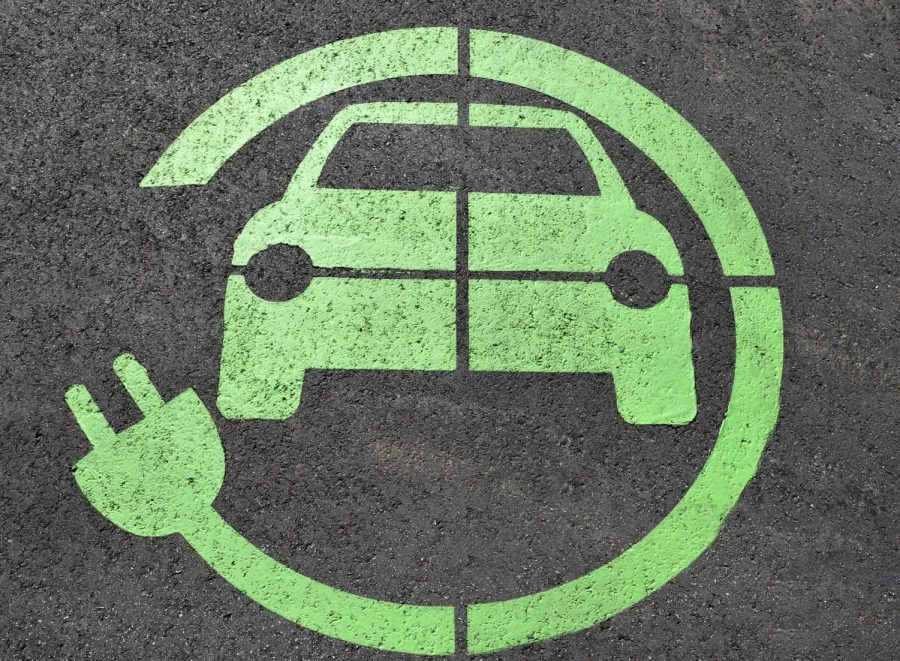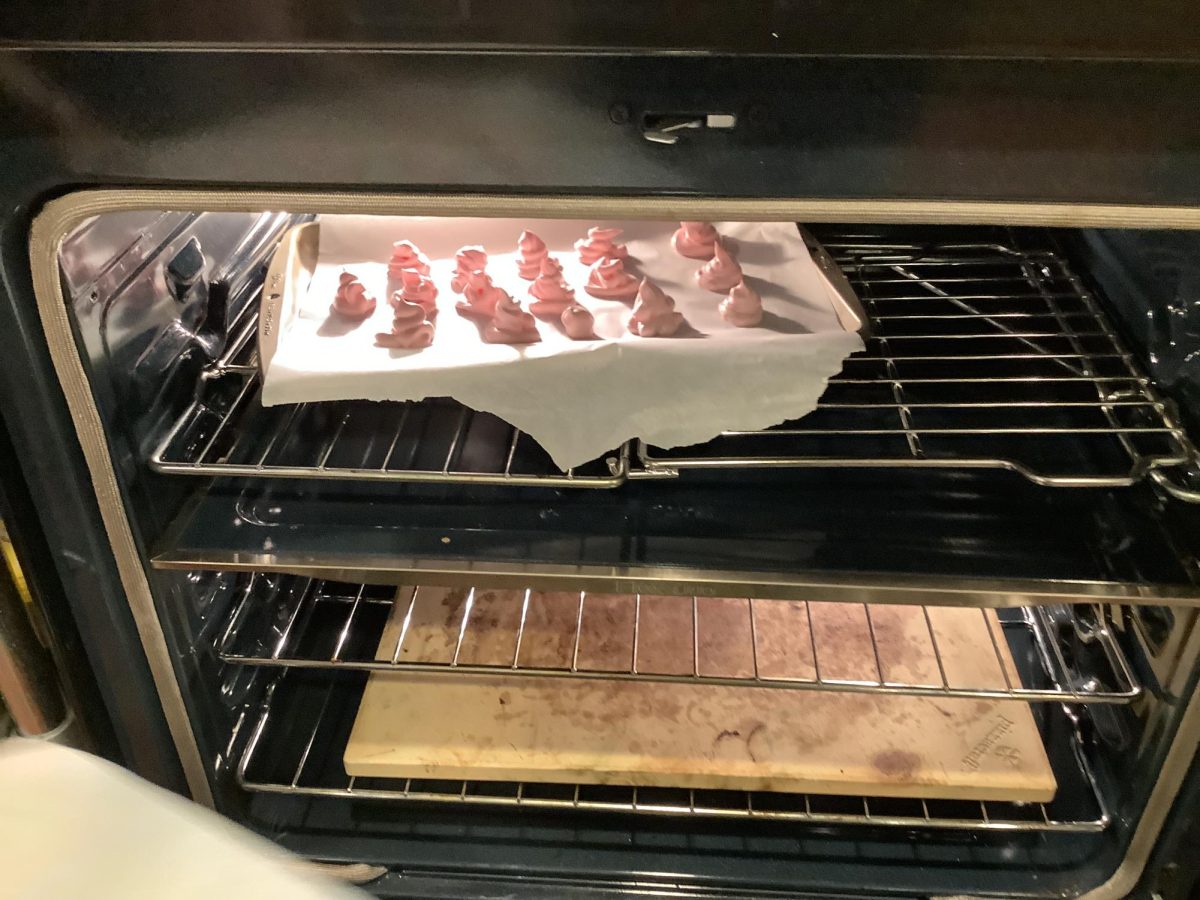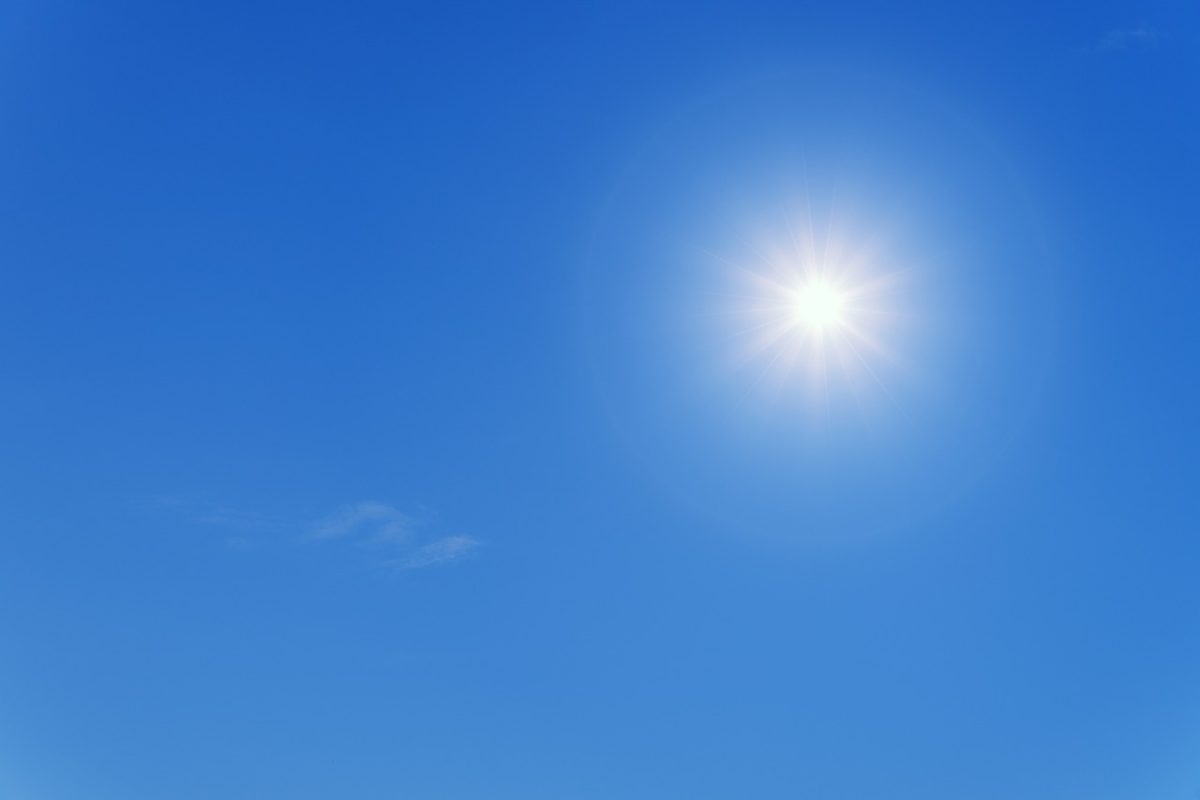Exploring What’s Wrong With the Green Energy Initiative: Article 1
Article 1: Spatial Constraints, Power Density, Nuclear, and Geothermal
May 17, 2022
Going Green: An Introduction
Alright let’s start this article off by saying I believe in global warming, I believe that it is a threat and we have to try to do something about it. I also realize that the current proposed solution of “go green, save the environment” is not as simple and viable as it sounds; There are A LOT of variables surrounding it. A good portion of the US electric infrastructure is funded by burning things to create electricity. So unless we make the way we are producing power all green, it defeats the purpose, and there’s a lot of issues in changing a whole infrastructure over and it takes money.
Where We Stand Right Now
As of now the US electric grid is supplied 60.8% by fossil fuels, 18.9% by nuclear, and 20.1% by green power. That’s a decent amount of clean power making up almost 40% of the grid but it’s still not enough. It may be a start but we need as much as we can get. Nuclear concerns and waste are an issue though. We need something clean and contained to a plant like nuclear power— but safer.
Wait, What’s the Difference Between “Green” Energy, “Renewable Energy” and “Clean Energy”?
The three of these all have similar meanings but a few differences.
Green energy, a type of renewable energy with the smallest environmental footprint, is the best for the environment but probably has one of the highest sustainability issues because of spatial constraints and power density.
Renewable energy, is the broader spectrum of green energy, it’s energy produced from natural sources that replenish themselves over short periods of time or Never run out at all. Green energy sources, like solar and wind are examples of renewable energy. Also Hydro power, geothermal and biomass are examples, which don’t run out and are sustainable.
Clean energy is a type of energy that has net zero emissions like renewable and green energy, but it might not be renewable. Nuclear is an example of this. It has zero emissions, but is not renewable as the radioactive fuel is used up.
A few Hurdles to Going Green (More in following articles)
Power Density Issue
Green power can take up approximately 1000 times more space than fossil fuels. Fossil fuels and nuclear are confined to a relatively small plant where power is distributed throughout the infrastructure; certain types of green power require a lot of space though. Look at any solar field and how big that is, sure some of them might be about the same size as the plant but produce a lot less power. If we were to set up a 200 megawatt wind farm it would take up over 13 square miles, versus a natural gas power plant with the same generating capacity could fit onto a single city block. This concept is known as power density, which is the amount of power generated per unit volume or area. It tells us how much power can be processed to be used in a set area. Compared to gasoline, solar radiation is ten quadrillion times less energy dense and wind power is one billion times less energy dense. This means we need to have a lot more space to produce the same amount of power. The question is where are we going to get that space with the population of the country expanding and with electric cars being on the road there is much higher demand on the grid, which means more space will be needed.. The only way to do this is probably to put solar panels on roofs across the country but you have to get people to agree to that which can be problematic. We can have wind fields where people can live but still, they take up space, and we’re going to need a lot of it. The only real sustainable solutions are geothermal and nuclear but nuclear has serious safety and other hazardous concerns. Geothermal is the better of the two as it is 3 to 4 times more efficient than fossil fuels and is contained to a plant (or more like a well and plant) area.
How does geothermal energy work and is it good for the environment?
Geothermal works by pumping water through reservoirs that are heated by the molten magma of the earth to turn it into steam which drives a generator. The geothermal process produces clean energy but in the process of extracting geothermal energy, greenhouse gasses like hydrogen sulfide, carbon dioxide, methane and ammonia are released, through the process of drilling the wells.

The levels of these greenhouse gasses are much lower than fossil fuels though. Another issue with the process is the possibility of cooling the earth in that area so much that geothermal energy is no longer viable, as it needs heat to turn the water into steam. A Common concern with both nuclear and geothermal is they both use water to create steam to turn generators, and fresh water is a finite resource, so there’s ups and downs to everything. The question is could we use salt water for this, but the salt would rust out all the parts and materials for energy production, so we have to figure out a way to do this that makes all sides of the equation happy.
The explanation for this future series.
So I’m going to straight out say it, I’m a environmental nut, even though some of my politics may not agree with it. We screwed up the environment, and now it’s our job to fix it, but I see the hurdles that many politicians and activists are ignoring. There’s a lot of moving parts, big and small in changing over an economy and production process we’ve been using for over a hundred years that still has continued to expand. I don’t know how many articles are going to be in this series, but I intend on writing them until I feel I’ve pointed out enough of the issues and (possible) solutions. So, I hoped you enjoyed the first iteration of what’s wrong with the green energy initiative. Thanks for reading!
List of Sources:
If interested in seeing the progress of the next article and what it’s going to be about click here











